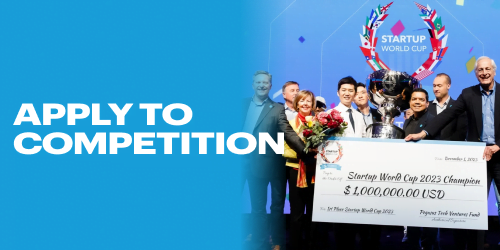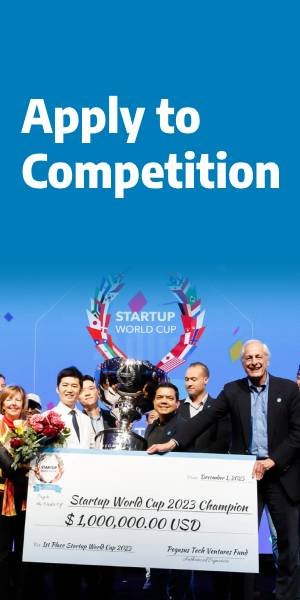On Monday, Toyota reached a major milestone with the completion of the first phase of its ambitious Woven City project. Nestled at the base of Japan’s iconic Mount Fuji, this futuristic “smart city” is set to welcome its first 100 residents this fall, with plans to expand the population to 2,000 over time.
Key Highlights
Woven City, Toyota’s groundbreaking “smart city,” is being developed at the foot of Mount Fuji in Japan. Announced in 2020, this innovative urban environment will serve as a testing ground for cutting-edge technologies in a real-world setting. The city is designed to explore advancements in key areas such as:
Follow THE FUTURE on LinkedIn, Facebook, Instagram, X and Telegram
- Autonomous Vehicles: Streets will be divided into distinct zones for pedestrians, cyclists, and self-driving cars, ensuring seamless mobility for all.
- Robotics: The city will host robots designed to assist with daily tasks and infrastructure maintenance.
- Artificial Intelligence (AI): AI will be integrated to manage everything from smart homes to energy grids, enhancing the city’s efficiency.
- Internet of Things (IoT): A network of interconnected devices and systems will form the backbone of Woven City, fostering a truly integrated urban environment.
Design and Sustainability
The city’s innovative architecture comes from Danish architect Bjarke Ingels and his renowned studio, Bjarke Ingels Group (BIG). With a focus on sustainability, most of the buildings will feature eco-friendly materials like wood. The city will run on hydrogen fuel cells and solar power, aiming to reduce its environmental impact. Initially, Woven City is expected to attract around 2,000 residents, mainly engineers, researchers, and technologists, who will be actively engaged in the city’s ongoing development and testing.
A Vision for the Future
For Toyota, Woven City is more than just a high-tech hub; it’s a prototype for what future cities could look like. The name “Woven City” embodies the concept of interlacing various forms of mobility and technology into the urban fabric, creating a harmonious balance between traditional city life and futuristic innovation. Toyota envisions this city as a model for more sustainable, connected, and technologically advanced ways of living.
Toyota Chairman Akio Toyoda shared his excitement for the project at the CES technology conference in Las Vegas, saying, “This year, residents will begin moving in as we slowly bring Woven City into operation. We want to accelerate the pace at which new technologies can be tested and developed in Woven City.”
Looking to the Stars
In addition to its work on Woven City, Toyota is exploring the frontiers of space. At CES, Toyoda also revealed that Toyota is looking into the development of orbital rockets. Through its subsidiary, Woven by Toyota, the company is investing 7 billion yen ($44.4 million) in Interstellar Technologies, a Japanese private space company focused on launching satellites.
Toyoda emphasized the need for more than just one car company leading technological advancements, referencing Tesla and its CEO Elon Musk’s ventures into space with SpaceX. “We are also exploring the possibility of rockets because the future of mobility should not be limited to Earth or to one car company,” Toyoda remarked.
Interstellar Technologies, founded in 2013, has already completed seven launches of its small MOMO suborbital rockets, with the company’s sights set on developing larger rockets like the ZERO and DECA series to deliver spacecraft into orbit.
Toyota aims to leverage its expertise in mass production to help Interstellar Technologies create cost-effective rockets, potentially giving the company a competitive edge in the global launch market. Toyota’s new space ambitions position it alongside rivals like Mitsubishi, whose subsidiary Mitsubishi Heavy Industries has developed the H3 series rockets, designed to rival SpaceX’s Falcon 9 in terms of cost and capability.







